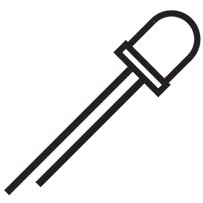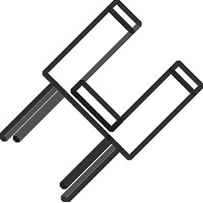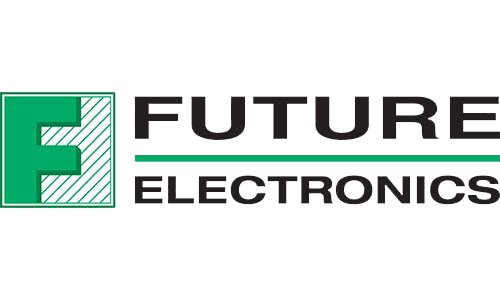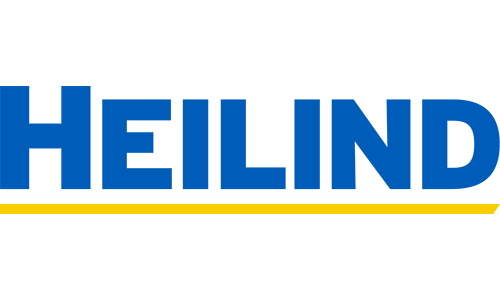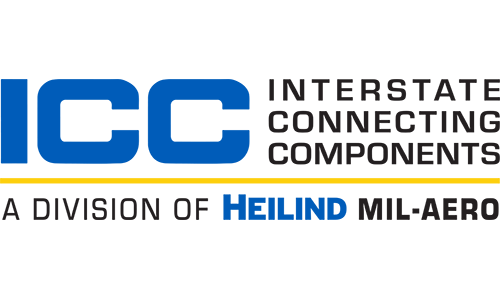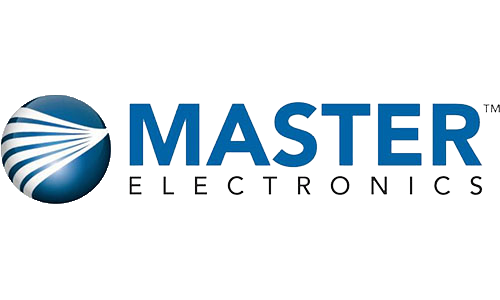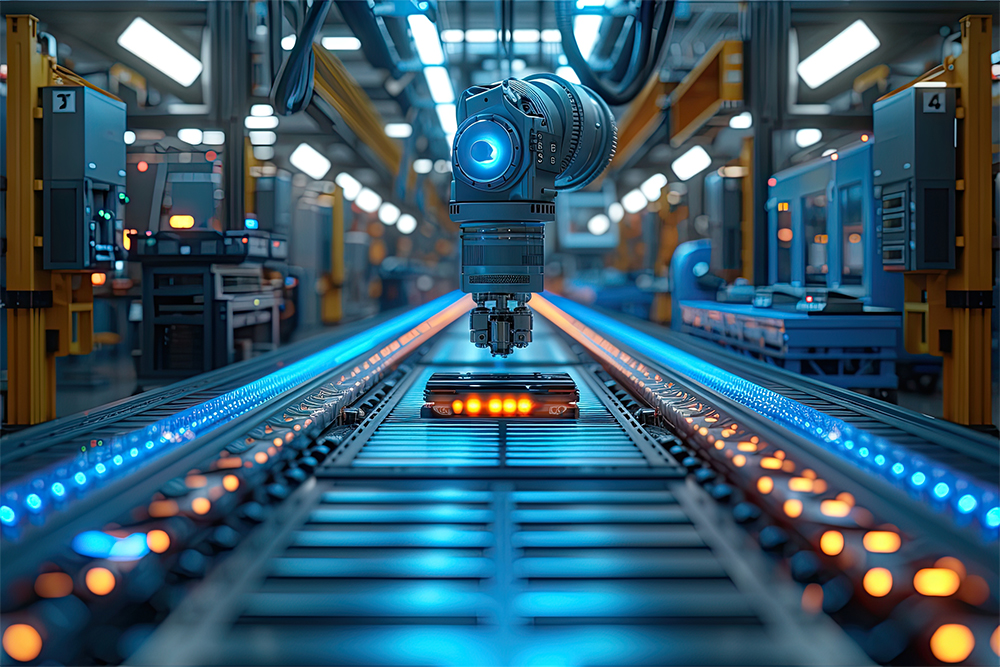
LED Requirements for Industrial Environments
Standard LED components for indicators and illumination may not be able to withstand the harsh conditions often found in industrial settings. To hold up under constant vibration, dust, chemicals and moisture, industrial designers often need enhanced and ruggedized solutions.
This post explores the unique requirements for LED lighting in various industrial environments, like factories, construction vehicles, and permanent outdoor installations. We’ll look at the key factors design engineers must consider when selecting and sourcing LED components.
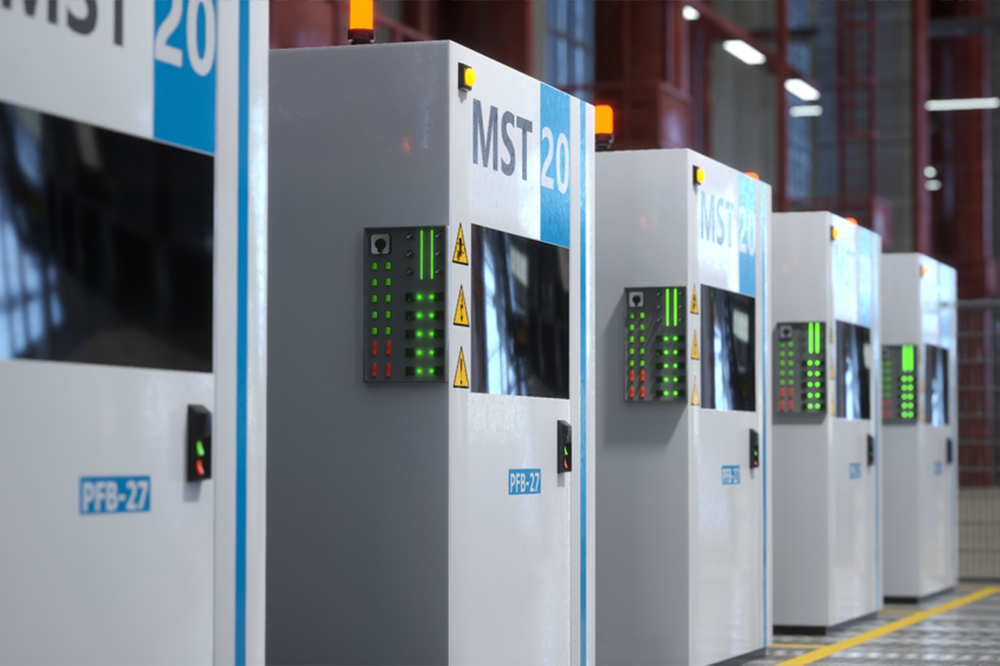
Factory Automation
Factory floors present a unique set of challenges for lighting systems. These environments often involve continuous operation, with illumination needed 24/7. Lighting and indicators are subject to vibration from heavy machinery, airborne particulates and chemical sprays as well as extremes in temperature.
LEDs and related controls for the factory floor typically have higher benchmarks for protective seals and performance. Manufacturing facilities would select LED components for:
- High luminous efficacy at 100 lm/W or more for energy efficiency
- Robust thermal management to handle continuous operation
- IP65 or a higher ingress protection rating for dust and moisture resistance
- Vibration-resistant design and mounting solutions
- Chemical-resistant housings and lenses
- A wide operating temperature range (-20°C to +60°C or broader)
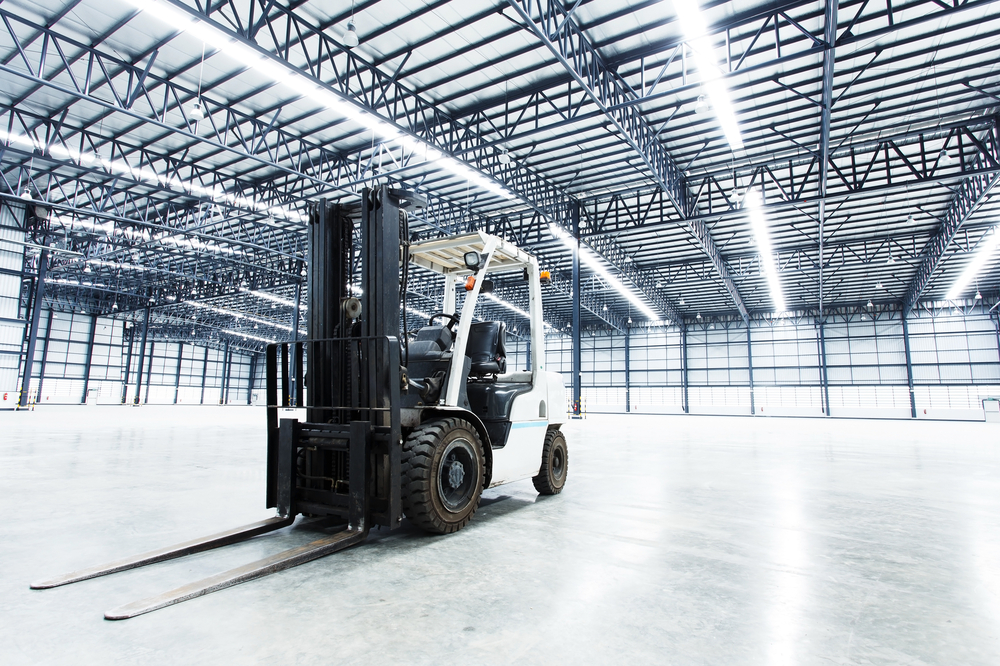
Industrial Vehicles
From forklifts to mining equipment, industrial vehicles require specialized lighting solutions to resist shock and vibration. Designers should also consider a wide operating voltage range to accommodate vehicle electrical systems. Other considerations include compact form factors for integration into crowded vehicle infrastructure and high brightness level for safety in low-light or low-visibility conditions.
Key LED requirements:
- Compliance with relevant standards (e.g., SAE, ECE) for vehicle lighting
- Ruggedized construction to withstand impacts and vibrations (MIL-STD or similar)
- DC input voltage range of 9-32V typical for compatibility with various vehicle systems
- High-intensity output (500+ lumens for work lights, 50+ lumens for indicator lights)
- Sealed construction with IP67 or IP69K ratings for resistance to water, dust, and high-pressure washing
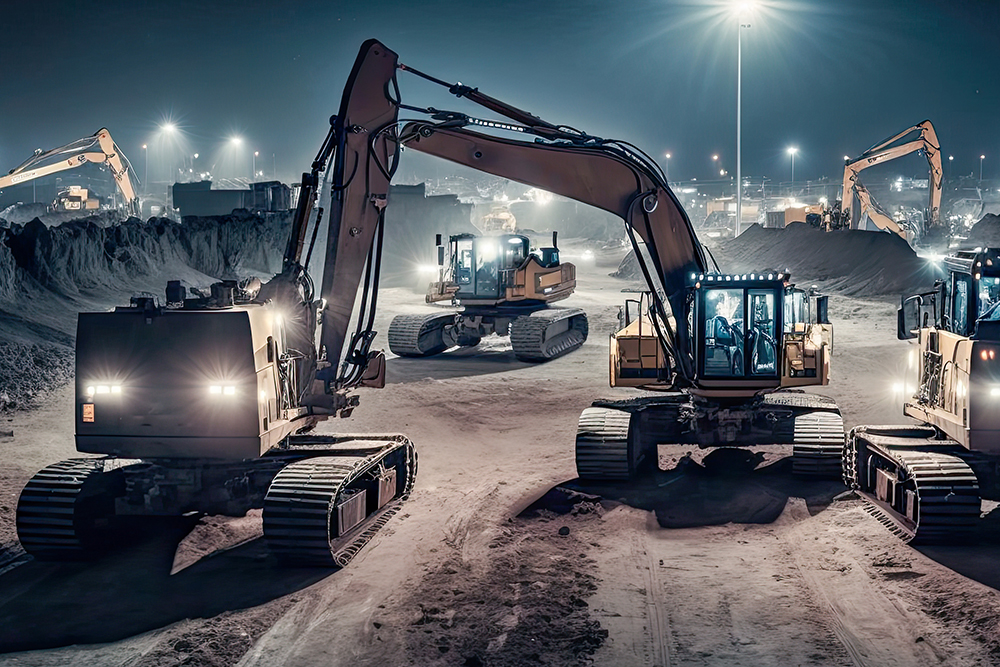
Construction Sites
Construction environments present challenges related to exposure to weather elements such as rain, snow, or UV radiation. Frequent relocation and rough handling of equipment, combined with the need for high-visibility lighting in ambient dust call for more durable and protected hardware configurations.
Key LED requirements:
- UV-resistant materials to prevent yellowing and degradation
- Impact-resistant design (IK08 or higher rating)
- High CRI (80+) for accurate color rendering in critical tasks
- Modular or easily replaceable components and drivers for field serviceability
- Emergency battery backup options for safety lighting
- Daylight sensors and dimming capabilities for energy management

Hazardous Locations (Oil & Gas, Chemical Processing)
These extreme environments require special consideration due to the presence of flammable gases, vapors, or dust. Often LED solutions would need to demonstrate compliance with explosion-proof standards, resistance to corrosive atmospheres, and performance capability at extreme temperatures.
Key LED requirements:
- Certification for appropriate hazardous location classes and divisions (e.g., Class I, Div 1)
- Conformance to global standards such as ATEX, IECEx, or NEC 500
- Hermetically sealed designs to prevent ingress of explosive gases
- Use of specialized materials (e.g., marine-grade aluminum, stainless steel) for corrosion resistance
- Extended temperature ratings (-40°C to +85°C or wider)
- Low surface temperature operation to prevent ignition of surrounding atmospheres

Food Processing and Pharmaceutical Manufacturing
These industries require lighting solutions that meet stringent hygiene and safety standards. LED features need resistance to cleaning chemicals and high-pressure washdowns. In these settings, material construction of parts is scrutinized to determine if breakage might produce fragments or other contaminants.
Key LED requirements:
- High IP rating for protection against high-temperature, high-pressure washdowns
- NSF certification for food-safe materials and design
- Shatterproof lenses or shatterproof coatings
- Smooth, crevice-free designs to prevent bacterial growth
- Specialized wavelengths (e.g., 405nm blue light) for antimicrobial applications
Strengthen Your LED Solutions with American Bright
By choosing LEDs that meet or exceed the requirements of their intended industrial environment, design engineers can build long-lasting, efficient, and safe lighting solutions into their products that contribute to improved productivity and reduced maintenance costs.
With decades of experience across industries, American Bright’s comprehensive product portfolio includes high-quality LED components, infrared LEDs, AC and DC modules, light strips and custom assemblies to fit any design. American Bright offers customizable solutions and the engineering expertise to meet the challenges of tough industrial environments. Contact one of our LED experts to share the details of your current project.



